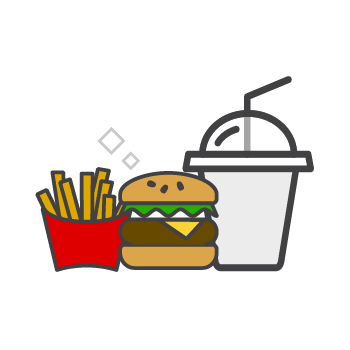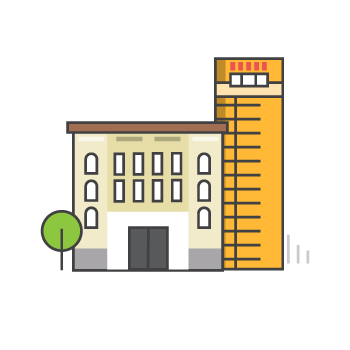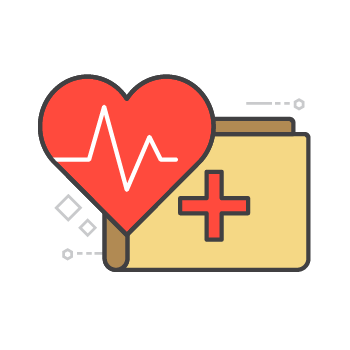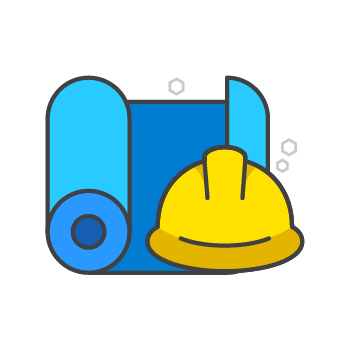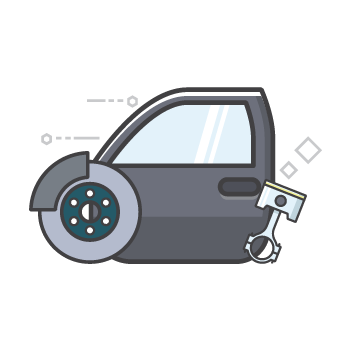A Day in the Life of an Emergency Medical Technician: Michael Ford
by Yello Oct 8, 2018
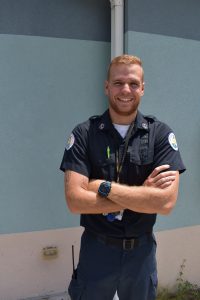
Michael Ford is a 26-year-old emergency medical technician. He tells us about his three and a half years attending to medical issues and accident scenes by ambulance.
Why did you choose to become an EMT?
As a kid, I was always interested in jobs that were both exciting, and would allow me to help people. Paramedic and police officer were probably the two professions that appealed to me the most at a young age.
When I finished high school, I wasn’t sure what career to pursue but I knew I wanted to work with my hands, not at an office job. I worked on box-trucks doing deliveries for a few years until I decided that it was time to challenge myself, and pursue those childhood dreams.
Where did you do your training and what did it involve?
I trained in Jacksonville, Florida. In addition to classroom sessions and exams, there were 12 weeks of ride-alongs with the fire department. Being in the field during training exposes you to scenarios you’ll likely see once you work on an ambulance professionally. We saw a bit of everything.
Tell me about your job and what you do on a day to day basis.
We work 12 hour shifts, either at night or during the day. We start a shift by checking the truck. That includes examining the tyres and the engine, and making sure all of the necessary treatment equipment is stocked and functioning properly.
The 911 dispatch receives emergency calls and relays them to us. They’ll give us an address and the details of the call, but it’s hard to know exactly what we’re working with until we’re actually on scene. Once there, we examine the patient and treat what we can; we keep patients stable until we can get them to a hospital.
Once at the hospital, we hand the patient over to a doctor and give a verbal report of what we observed on scene, and how we treated it. We also complete written reports for every call.
Then we head back to the truck, clean it thoroughly, and get ready for the next call.
What’s the most common misconception about your job?
People sometimes think that EMTs are just drivers. We do drive the truck, but we are also trained professionals who perform medical interventions for patients in distress. Then again, those who understand that will tend to assume that we’re always saving lives. Actually, there are quite a few less serious calls, routine transports, and time spent waiting for calls to come in.
What do you enjoy best about your job?
Treating patients. I love to see people make a brilliant recovery knowing that I helped to get them there. There’s always something new to learn on the job, from both positive and negative outcomes.
What do you least enjoy?
Although it’s a good thing for the general public, having no calls come in can mean boredom and a lot of waiting.
What are your future goals?
I’d love to do my Bachelor’s degree in Paramedic Science. I also love travelling, so eventually I’d like to work in other countries. England and Australia are both on my bucket list.
In your free time, what are your hobbies?
Anything physical. I do triathlon, so I spend a lot of my down time training for races in Cayman and abroad. I also love watersports like surfing and scuba diving.
What advice would you give someone interested in joining this profession?
I’d encourage them to do a few ride-alongs with their local EMS. Like I said, ride-alongs help you get a real understanding of what the job entails and the sometimes heavy things you’ll be handling. If you do that and decide it’s for you, then start your official training.



